Jump to:
What is semi-permanent hair color? What makes it different? Are there benefits? And when do you use it? Don’t worry — we’ll answer these questions and more in our complete guide.
Considering Semi-Permanent Hair Dye?
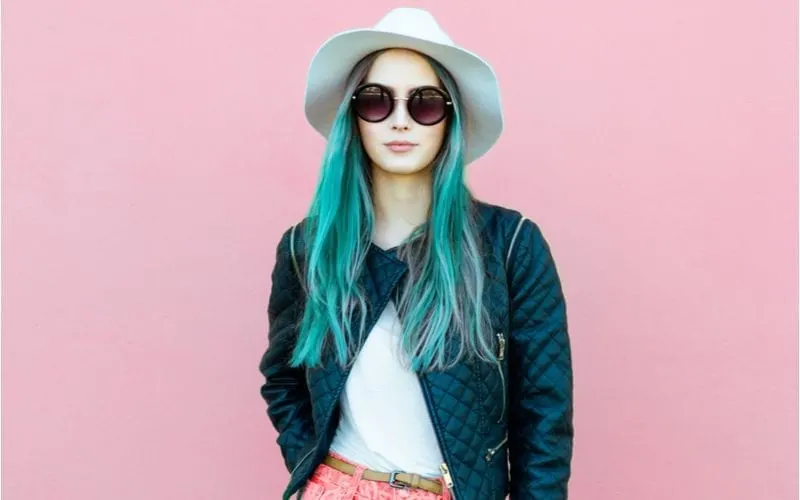
Nick Starichenko/Shutterstock
If you want to experiment with new hair colors, you might be wondering what sort of dye is the best to use. It’s easy to get confused with all the similar-sounding hair products with varying permanency – hair toners, semi-permanent colors, and permanent dyes are just some of the jargon you’re navigating!
However, for the purposes of this blog post, we’re just focusing on semi-permanent hair coloring. As its name suggests, semi-permanent hair color is a type of hair dye that doesn’t stay in your hair forever.
This makes it an excellent option for trying different shades to get a sense of what suits you best. Without further ado, here’s our complete guide to help answer the question, “what is semi-permanent hair color?”
Read Next: Hair Highlights Cost
Semi-Permanent Hair Color: What Is It?
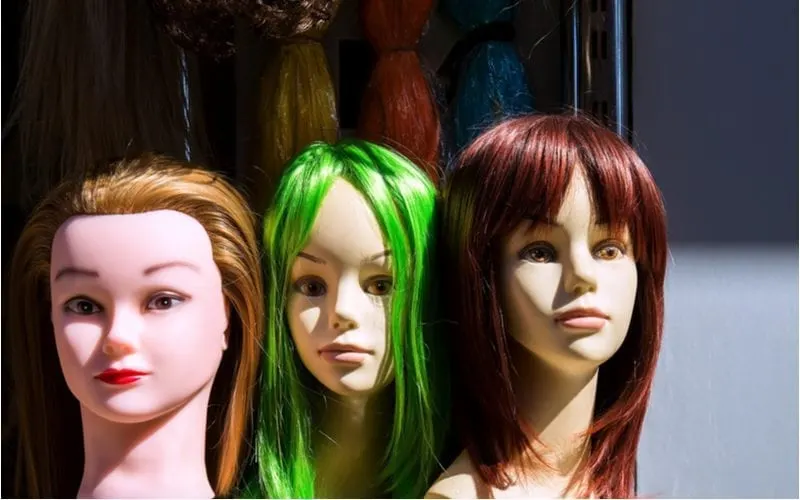
Okanakdeniz/Shutterstock
As we’ve just said, semi-permanent hair dye is a short-term way of coloring your hair. It won’t damage your precious locks or skin, as it doesn’t contain of ammonia or peroxide. Translated: it won’t lighten your hair one iota.
Incidentally, because of this, they’re also safe to use on hair that’s relaxed or permed. Also, no pre-mixing or development is necessary. Instead, you can use the product straight on your hair, right from the applicator.
Depending on the product, semi-permanent hair color lasts a few washes or even longer. This makes it a fabulous solution for a temporary style change or for testing new colors while searching for more permanent dye.
Semi-Permanent vs. Other Dye Types
To help you consider your options here’s how semi-permanent hair color compares to other dye types.
Temporary Hair Color
Temporary dyes are also known as ‘wash out hair colors.’ As this implies, this type of coloring doesn’t actually change the color of your locks. Instead, this dye coats the outside of the hair shaft without entering the cortex.
The color you achieve with this product fades in just a few washes and doesn’t include any ammonia or peroxide. Temporary hair colors are a fun and non-committal way of playing around with bold colors.
The also let you test the waters before going permanent, or even just complimenting a party outfit. Semi-permanent hair color works in much the same way as temporary hair colors, but it takes a lot longer to wash out.
Hair Toner
Often, hair toners are purple or blue shampoos, conditioners, or glosses. Toners are demi-permanent colors, which include a small amount of ammonia which changes your hair’s pigment.
Typically, these are used to even out the color of your hair. For example, toners can add more warmth to brunette locks or remove the brassy orange tones from freshly bleached blond hair.
In short, toners are used to correct and customize your hair color rather than add a whole new hue.
Permanent Hair Color
Permanent hair color forever changes the pigmentation of your hair and can be used to affect drastic color changes. It doesn’t wash out, and you need to mix a developer and activator before use.
You can do this at home. But permanent hair color is better applied in a salon, where a professional stylist does it for you. Permanent hair color grows out from the root, so this process needs repeating every four to eight weeks, depending on hair growth.
Benefits of Semi-Permanent Hair Color
The most significant benefit of semi-permanent hair color is how flexible it is. Not to mention, you can easily apply this dye at home without worrying about the color damaging your hair or changing its structure.
On top of that, semi-permanent hair color is suitable for the following purposes:
- Freshening up your color at home when your permanent hair dye starts growing out
- Adding extra shine and/or gloss to your hair
- Trying out a new color without commitment
- Hiding greys
How to Use It
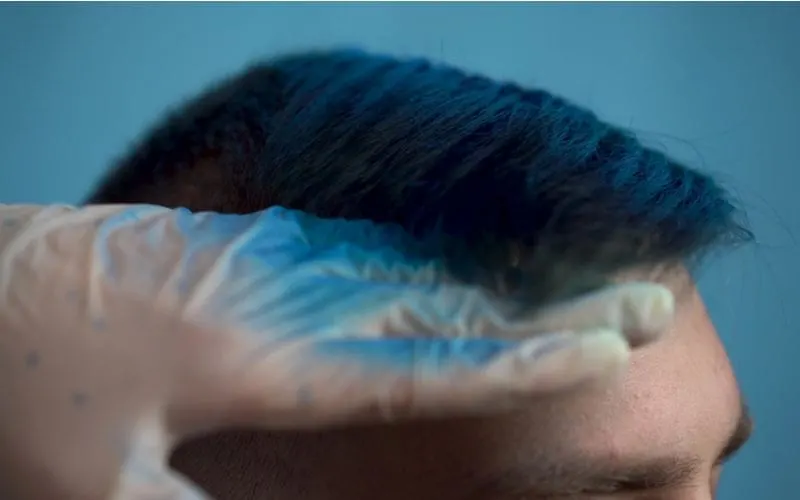
Vital9s/Shutterstock
As we’ve already said, you can easily apply semi-permanent hair color at home and experiment with it yourself. Here’s how:
- Prepare your hair. Your hair doesn’t have to be freshly washed, but it shouldn’t be dirty or oily. Usually, it’s best to wash your hair the day before applying the color.
- Apply the dye. Wear gloves for this process to keep your hands clean and protected. Brush the semi-permanent hair color onto the desired areas as directed by the product instructions. Often, semi-permanent dyes need to sit for about fifteen to thirty minutes. But always be sure to read and follow the directions on the package!
- Take care of your freshly colored hair. Most semi-permanent colors will last between four and ten shampoos, depending on how porous your hair is. The color should fade gradually, and the tone may shift as it does so. However, you can use hair care products to prolong the life of your new hair color – for example, shampoos and conditioners designed for colored hair.
How to Choose a Semi-Permanent Hair Color
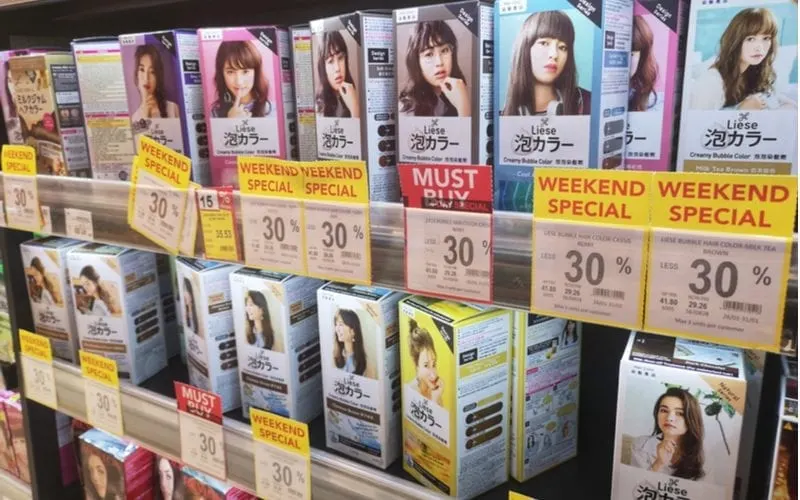
Zety Akhzar/Shutterstock
When picking a semi-permanent hair color, you don’t have to be overly careful. After all, it washes out! That said, you’ll enjoy better results by considering your base color and color options to start with.
For instance, the lighter your hair, the more vivid your chosen hair color will appear. Therefore, achieving bolder shades is easier for blondes.
In fact, bright pastel shades only work on bleached blonde hair, as these colors won’t fully develop on darker hair. In those cases, you have to first lift the hair with bleach and correct the blond strands with a toner before having the perfect canvas for semi-permanent dyes.
Some brands offer semi-permanent hair color that’s explicitly designed to show up on darker brown hair. Amongst those hues, you can find deep purples, blues, and even oranges.
Warning: If your hair is extremely damaged (losing color, snapping, feeling like straw), semi-permanent dye can stain your hair shaft or “grab” onto the ends of your hair. Not only can this cause your color to stick around for a bit longer (just on those ends), it may result in an unnatural, uneven hue. You will always achieve the best results on hair that is in the same condition from root to tip.
Choosing a Flattering Shade
You’ll also want to consider whether the color complements your skin tone and general look. For instance, pinks and lavenders can really make blue eyes pop. Whereas a sunset pink can add warmth to your skin.
Alternatively, warm colors fade better and quicker. In contrast, cooler colors stick around for longer, but their tones shift more as they disappear. For example, blue hair color can quickly turn into a washed-out green as it fades out.
Be Bolder With Semi-Permanent Hair Colors
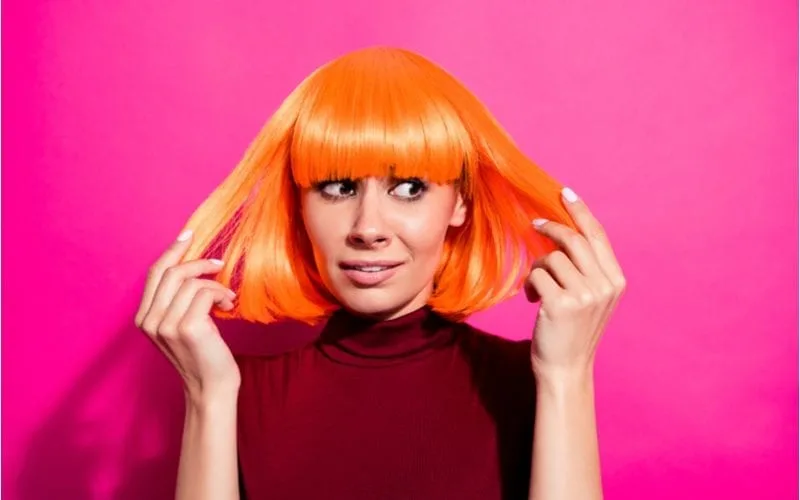
Roman Samborskyi/Shutterstock
If you don’t pick the right color the first time around, never fear; mistakes aren’t very punishing with semi-permanent hair colors. This makes semi-permanent hair dyes ideal for sprucing up your style and hiding greys – especially if you can’t make it to the salon.
